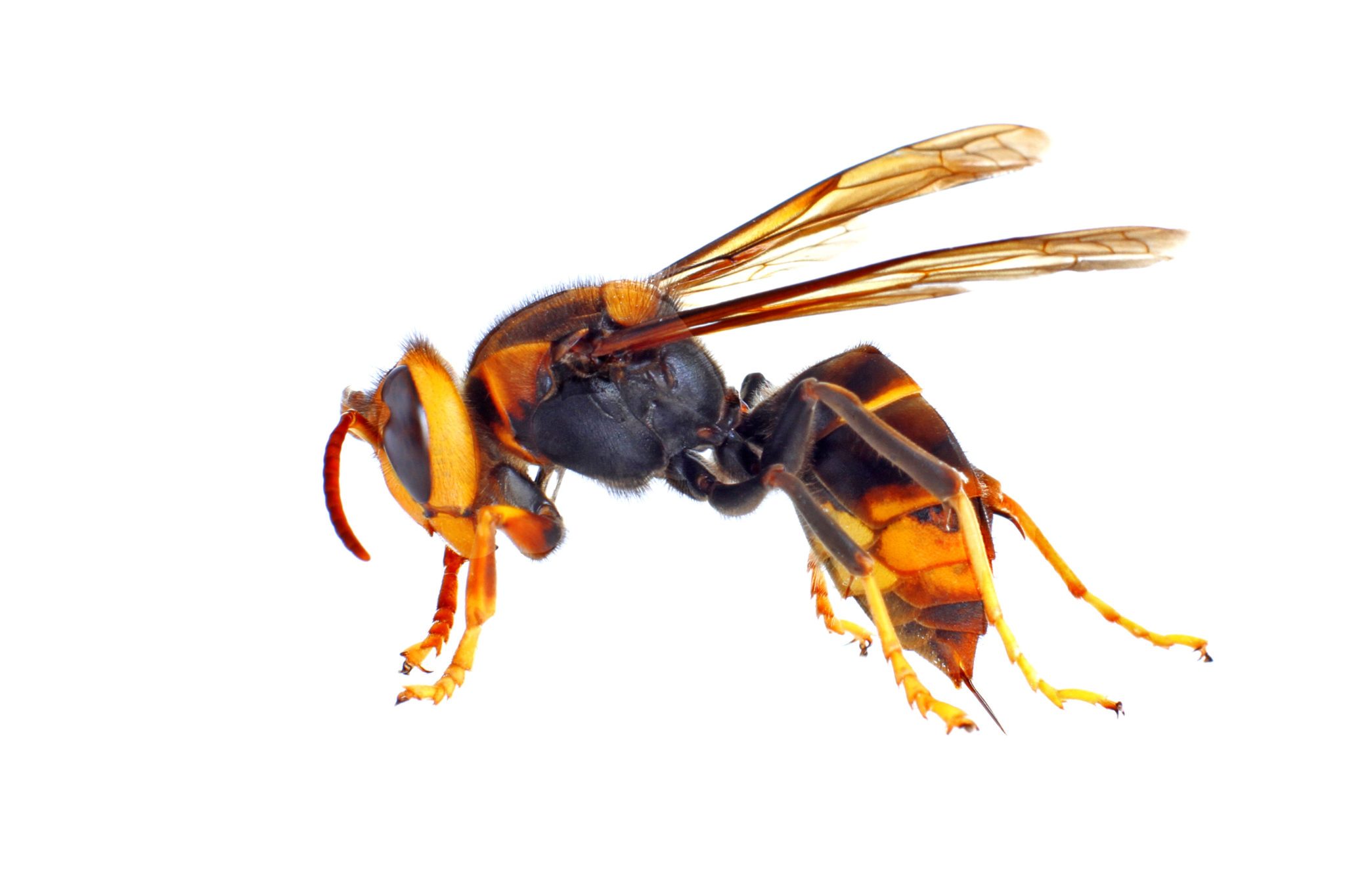Wasp Nest Removal
Wasp Nest Removal
Clean, Fast, Discreet & Cost-effective

Although the presence of a wasp in your general vicinity may cause concern, we must remind ourselves that wasps are incredibly important for the health of the world around us. They are an important part of a garden ecosystem as pollinators and reduce pest populations by feeding their larvae insects and caterpillars. They are also valuable in horticulture for biological pest control of species such as whitefly in tomatoes etc. while pollinating crops.
Unless there is a threat to you or those around you it is advised to leave a wasps nest alone.
While a wasp may land on your skin to inspect a smell, it will most likely fly away without incident if you stay calm. An injured or dead wasp will send a signal that alerts their colony members and send them into a stinging frenzy, unlike bees, wasps can sting repeatedly.
What are they?
How do you treat the problem?
Advice to avoid being stung by a wasp:
- Never swat or kill a solitary wasp, their injured/dead body will release a chemical alarm that signals other wasps and sends them into attack mode.
- Avoid yellow and white clothing as it attracts insects, many insects cannot see red.
- Never walk barefoot.
- Fragrance: perfume, aftershave and hairspray can all attract insects.
- Seal bins and avoid leaving food/picnic containers in the garden.
- Seal all voids in garden furniture, play equipment and out houses as these are potential sites for a queen to choose for her nest.
What to do in the instance of a wasp sting?
- In the majority of cases, a single wasp sting is just unpleasant and painful.
- A mild to moderate reaction requires the following treatment:
- Use soap and water to wash the sting area and remove the venom.
- Use an ice pack to reduce swelling and pain.
- Keep the wound clean and dry to prevent infection.
- Cover with a bandage.
- In raw cases a sting may result in anaphylactic shock, this extreme reaction to the wasp venom requires immediate medical treatment. Multiple stings may also require swift medical attention.
Additional Information
The common wasp has a black and yellow striped body with an obvious division between the thorax and abdomen. Wasps have a hard exoskeleton covering their 3 main body parts. These parts are known as the head, mesosoma and metosoma. Wasps have six jointed legs, two jointed antennae, and strong jaws. In addition to their compound eyes, wasps also have several simple eyes known as ocelli. These are typically arranged in a triangular formation just forward of an area of the head known as the vertex. Wasps have a slender ‘petiole’, or ‘waist’ that separates the abdomen from the thorax. Wasps have four transparent wings. Many females have a stinger at the tip of the abdomen. In addition, it has a characteristic ‘anchor’ shaped mark on its face.
Life Cycle: the Queen will hibernate during the winter and emerges in spring. She then searches for an ideal site for her colony, once she has selected an appropriate site, she uses chewed tree bark to build a nest. When initial construction is completed, the Queen will lay up to 20 eggs. The first brood of sterile females work on enlarging the nest and providing food for subsequent eggs, during the summer, the average wasp nest will contain, on average, 4000 individuals, and grow to size of a football. In late summer, the young Queens emerge and are fertilised by the summer males, they then fly away in search of a suitable site for hibernation. After that, in the autumn, wasps become sluggish and temperamental. At this time of year, wasps become aggressive after feeding on over ripe fruit. The fertilised queens are the only wasps to survive winter while wasps do not return to the same nest they may build a nest nearby if conditions are favourable.
